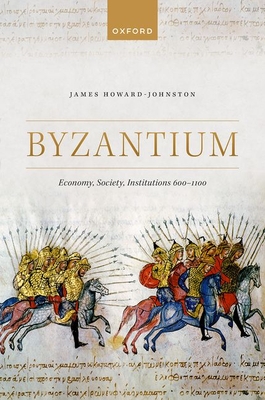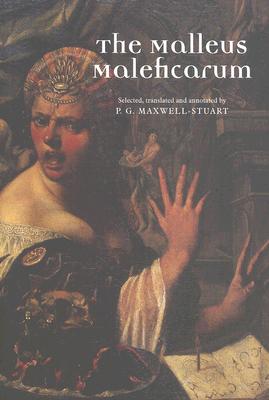
description
lic of classical antiquity which survived deep into the Middle Ages. Drawing on a lifetime's work in the field of Byzantine studies, James Howard-Johnston aims to explain Byzantium's longevity, first as a state geared to fighting a two-centuries long guerrilla war of defence, then as an increasingly confident regional power. It is only by analysing its economic, social, and institutional structures that this strange medieval afterlife of the rump of the Roman empire can be understood. This collection of linked essays outlines the fundamental features of Byzantium, with a focus on the seventh to eleventh centuries. The essays delve below the agitated surface of political, religious, and intellectual history to home in on (1) alterations in economic conditions; and (2) structural change in the social order and apparatus of government. The economic foundations of society and state are examined over the long term, with emphasis placed on mercantile enterprise throughout. Howard-Johnston identifies warfare as the prime driver of social and institutional change in a first phase (seventh to eighth centuries), when the peasant villager rose to a dominant position in the collective mindset and the administration was centralised and militarised as never before. A second phase of change is then highlighted, after the mid-ninth century when Byzantium's security was assured. Military and administrative arrangements were adapted as the empire expanded. The service aristocracy which had developed in the dark centuries began to assert itself to the detriment of the peasantry, but was, Howard-Johnston argues, countered reasonably effectively by new legislation. There was a renaissance in cultural life, most marked in the intellectual sphere in the eleventh century. Finally, the sharp decline in Byzantium's military fortunes from the mid-eleventh century is attributed to external factors rather than internal weakness.
member goods
No member items were found under this heading.
Return Policy
All sales are final
Shipping
No special shipping considerations available.
Shipping fees determined at checkout.







